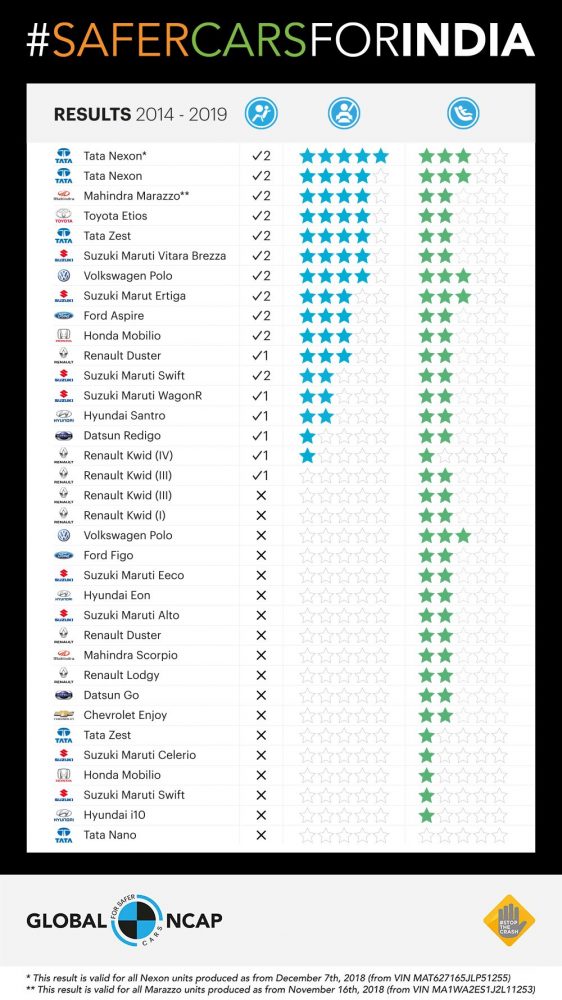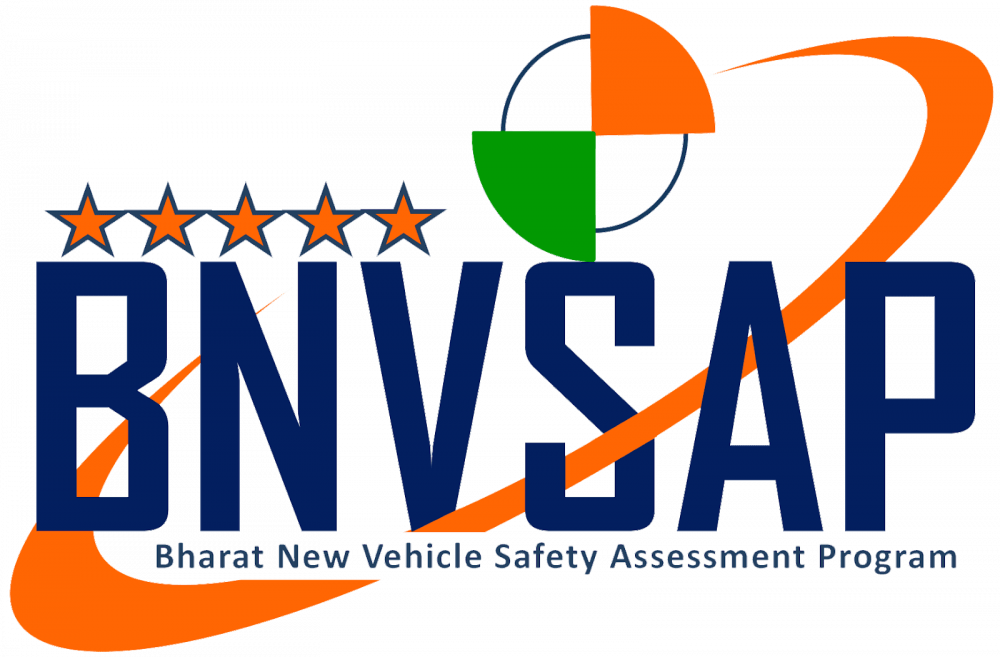With more and more people learning about cars and their features the demand for safer cars is increasing. While many foreign countries already had their crash testing criteria set, India is in the process of making its own as good as others. Let’s take a look at a few of these New Car Assessment Programs (NCAP) and see how they compare to each other.
Subscribe To The GoMechanic YouTube Channel 🔥
Global NCAP
Global New Car Assessment Program is an independent charity registered in the UK with its main motive to make all of the regional NCAPs closer to each other and promote safe cars in new and upcoming markets. Its main initiatives are safer cars for India and safer cars for Africa.
Global NCAP Test Criteria
Keep in mind that every NCAP has different criteria for testing which can vary from different speeds to different parts of the car tested.
Global NCAP tests front offset crashes only. This means what would happen to a car if it were to crash into another car head-on.
The speed at which Global NCAP tests is 64km/hr. The test is performed by driving a car headlong into a semi deformable barrier at 64 km/hr which simulates what would happen if two cars weighing the same were to crash at the speed of 50km/hr. The difference in speed comes from the fact that a barrier is used instead of another car.
Global NCAP Scoring System

The system gives stars on two major points. The safety of adults and the safety of children in the car. There are multiple things they take into account while giving stars for each criterion like an injury to the chest, knees, femur, head and neck. While the child occupancy safety test involves using dummies the size of children aged 18 months and 3 years old and checking how safe they are.
A car without a driver-side airbag is provided with a 0-star rating as the airbag is mandatory for a car to be checked. 5 stars is the maximum safety rating.
That about covers the Global NCAP. Next on the list is our very own BNVSAP.
Bharat New Vehicle Safety Assessment Program (BNVSAP)

A work in progress, the BNVSAP is India’s own crash test aiming to make cars safer to drive. It’s a bit different from other crash-test programs in a lot of ways.
BNVSAP Test Criteria
The cars undergoing the BNVSAP will go through four different phases. It’ll be a frontal impact, rear impact, side impact and pedestrian safety test.
A major difference present between global NCAP and BNVSAP is the speed of impact. India’s safety test uses 56 km/hr in its safety testing unlike Global NCAP’s 64 km/hr. This means a car can pass BNVSAP with a higher star rating but might fail in the Global NCAP.
BNVSAP Scoring System
They will give a star rating to the cars it’ll test from 0 to 5. BNVSAP will also make it mandatory to advertise the star rating with the car.
With the BNVSAP discussed, let’s move onwards to the ASEAN NCAP.
Similar Read: BNVSAP and Why India Needs Its Own Crash Test Safety Standard
ASEAN NCAP

Set up on 7th December 2011 the ASEAN NCAP was signed into existence in New Delhi. Its testing score is affected by various safety features installed in the car.
ASEAN NCAP Testing Criteria
ASEAN use stringent testing to ensure the safety of the cars. Clearing the lateral impact test at a speed of 64 km/hr is required to proceed to other stages of testing. They also check if a car is equipped with safety features or not and rating is affected by the presence or absence of said features.
ASEAN NCAP Scoring System
Clearing the early assessment qualifies the car for a 3 or above star rating on the test. However, failing to have safety features like Seatbelt Reminder or ESC will relegate the rating of the car. ASEAN NCAP will not provide a 5-star rating to any car that is missing these features irrespective of their performance in the crash test.
After ASEAN NCAP we move towards our last NCAP for this blog, the Euro NCAP.
Popular Read: 8 Safest 4 and 5 Star Global NCAP Rated Cars in India
Euro NCAP

The Euro NCAP as four assessments that a car must go through in order to get rated.
Euro NCAP Testing Criteria
The testing requires the car to go through different assessments (at 64 km/hr) which are Adult Occupant Protection, Child Occupant Protection, Pedestrian Protection and Safety Assist. Adult involves driver and passengers, child involves any children in the rear seat while pedestrian includes pedestrians and cyclists on the road. Safety assist involves all active and passive safety features.
Euro NCAP Scoring System
It uses a star system similar to other systems making it easier and less complicated to understand. The safety features considered by the Euro NCAP for scoring are speed assistance, lane support, ESC and occupant status monitoring.
This concludes the four NCAP systems and their explanation.





